Who Studies The Technique?
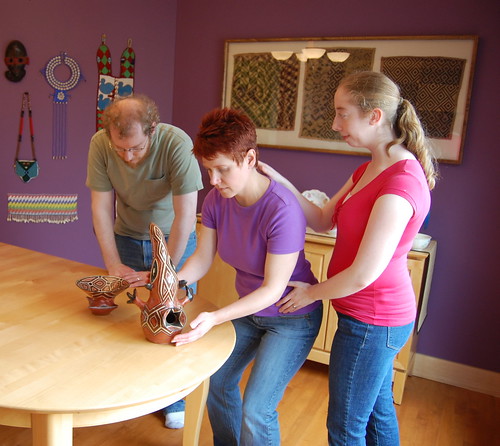 The Alexander Technique can be beneficial to everyone, regardless of occupation or lifestyle. This is due in large part to the fact that it teaches its students to move and work efficiently in everyday life. Once you know how to work efficiently, you can carry those experiences with you and tap into them no matter what is required of you. As Alexander once said, “The Technique will make you better at whatever you do. If you’re a burglar, it will make you a better burglar.”
The Alexander Technique can be beneficial to everyone, regardless of occupation or lifestyle. This is due in large part to the fact that it teaches its students to move and work efficiently in everyday life. Once you know how to work efficiently, you can carry those experiences with you and tap into them no matter what is required of you. As Alexander once said, “The Technique will make you better at whatever you do. If you’re a burglar, it will make you a better burglar.”
Here are just a few examples from subsets I have had particular experience with.
Pregnancy
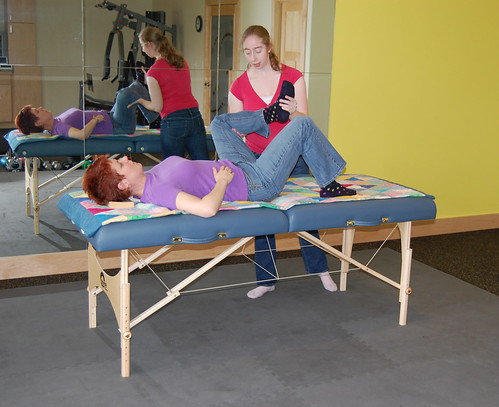 The Technique can be very beneficial to ladies at all stages of pregnancy. Regular lessons during pregnancy can reduce lower back stress and help you to adapt to carrying the weight of your child more efficiently. Believe it or not, how you use yourself affects where the baby sits in relation to your spine, and consequently how that extra weight is distributed about your body. Becoming more aware of the added weight can also help you to adjust and allow for it during pregnancy; as the baby grows and shifts inside you, you will be able to respond to its shifts in a natural and helpful manner. Ladies who have had lessons throughout their pregnancies report reduced strain on their bodies, decreased joint and back pain, a welcome feeling of lightness and ease of movement, and easier, more natural labors. One woman I worked with even said that her unborn son seemed to enjoy the lessons; he calmed down and even went to sleep while she was being worked on!
The Technique can be very beneficial to ladies at all stages of pregnancy. Regular lessons during pregnancy can reduce lower back stress and help you to adapt to carrying the weight of your child more efficiently. Believe it or not, how you use yourself affects where the baby sits in relation to your spine, and consequently how that extra weight is distributed about your body. Becoming more aware of the added weight can also help you to adjust and allow for it during pregnancy; as the baby grows and shifts inside you, you will be able to respond to its shifts in a natural and helpful manner. Ladies who have had lessons throughout their pregnancies report reduced strain on their bodies, decreased joint and back pain, a welcome feeling of lightness and ease of movement, and easier, more natural labors. One woman I worked with even said that her unborn son seemed to enjoy the lessons; he calmed down and even went to sleep while she was being worked on!
Sedentary Occupations (Sitting at a computer)
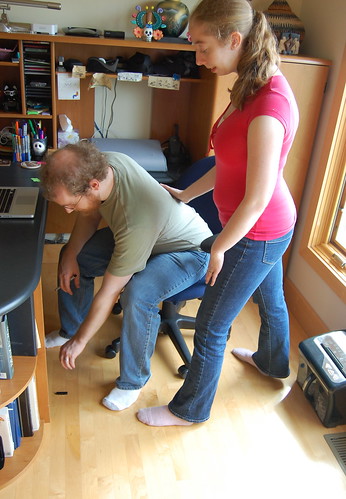 People whose occupations involve primarily deskwork frequently find themselves feeling stuck, crunched or stiff and not knowing what to do about it. Lessons in the Technique often result in them becoming more aware of what about their job is causing the stiffness and how to eradicate it. Common culprits are bad desk chairs, monitors at inappropriate heights, and lack of movement throughout the day.
People whose occupations involve primarily deskwork frequently find themselves feeling stuck, crunched or stiff and not knowing what to do about it. Lessons in the Technique often result in them becoming more aware of what about their job is causing the stiffness and how to eradicate it. Common culprits are bad desk chairs, monitors at inappropriate heights, and lack of movement throughout the day.
Students from this category report reduced stiffness, a sense of lightness and cheerfulness during work, and a reduction in pain from repetitive strain injuries. Frequently the Technique affects their mental state as strongly as it does their physical state. 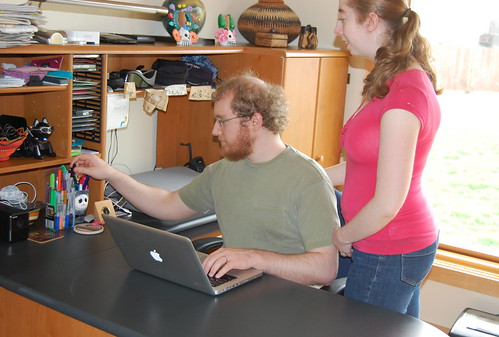 Students have reported clearer thinking and a greater ability to adapt to situations and communicate with co-workers as well. Presentations, workshops and classes can be given much more easily and with less stress than before, and are undertaken with more excitement and energy.
Students have reported clearer thinking and a greater ability to adapt to situations and communicate with co-workers as well. Presentations, workshops and classes can be given much more easily and with less stress than before, and are undertaken with more excitement and energy.
Performers (Actors, Dancers, Musicians, etc.)
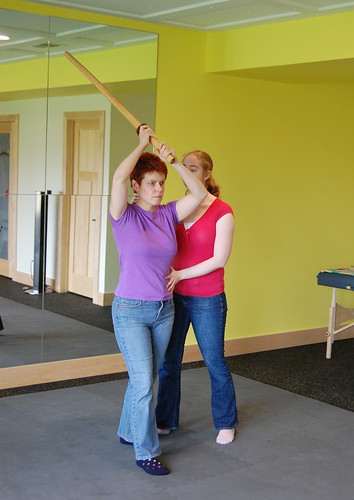 Performers are notorious for carrying lots of pent-up muscle tension with them wherever they go. Years and years of training can cause dancers to walk turned-out, actors to grow hoarse and speak with strange inflections, and musicians to stand and sit with specific postural twists and torques. The most beneficial result of lessons in the Alexander Technique for performers is the fact that it helps them to re-learn what “neutral” is and how to return to it during and after the performance. Actors playing specific roles are frequently required to maintain horrible postural kinks
Performers are notorious for carrying lots of pent-up muscle tension with them wherever they go. Years and years of training can cause dancers to walk turned-out, actors to grow hoarse and speak with strange inflections, and musicians to stand and sit with specific postural twists and torques. The most beneficial result of lessons in the Alexander Technique for performers is the fact that it helps them to re-learn what “neutral” is and how to return to it during and after the performance. Actors playing specific roles are frequently required to maintain horrible postural kinks 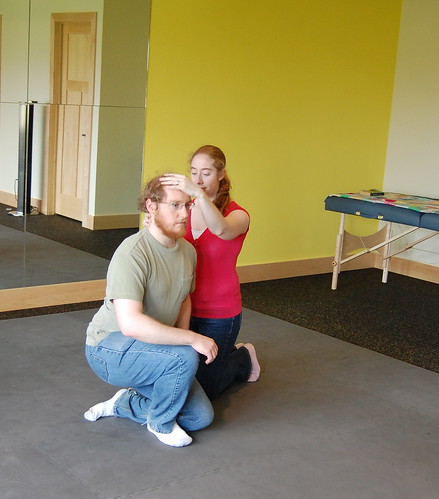 as part of their character (I once worked on an actress whose role at the time involved her walking around completely bent in half sideways for the entirety of the play!), and regular lessons in the Technique can help to prevent these kinks from becoming ingrained in the actor or causing undue tension when the actor is offstage. For dancers, the Technique can provide a refreshing attitude towards carrying oneself well that does not require additional effort.
as part of their character (I once worked on an actress whose role at the time involved her walking around completely bent in half sideways for the entirety of the play!), and regular lessons in the Technique can help to prevent these kinks from becoming ingrained in the actor or causing undue tension when the actor is offstage. For dancers, the Technique can provide a refreshing attitude towards carrying oneself well that does not require additional effort.
Overall, performers who have had lessons report a sense of ease, resulting from an increased trust in their abilities and the accuracy of their feelings about their own performance, which often manifests as a feeling that their work is more reliable and more sustainable over a long period of time. Practically, students report easier and deeper breathing, increased ability to 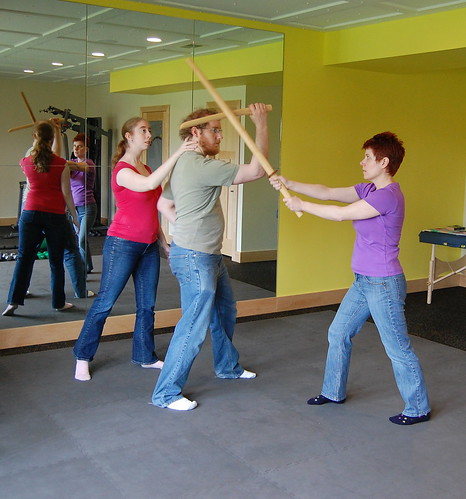 speak or play long phrases without running out of breath, disappearance of hoarseness or repetitive strain injuries, and a reduction of tension and pain, particularly old or established pains that they had assumed were there for good. They also frequently report a refreshing new outlook on their work and their capabilities, and a renewed motivation to continue to practice and improve.
speak or play long phrases without running out of breath, disappearance of hoarseness or repetitive strain injuries, and a reduction of tension and pain, particularly old or established pains that they had assumed were there for good. They also frequently report a refreshing new outlook on their work and their capabilities, and a renewed motivation to continue to practice and improve.


